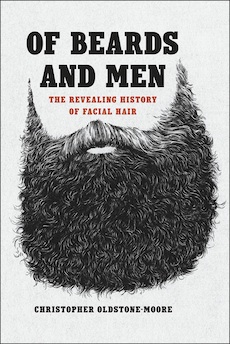D. T. Siebert (ΦBK, University of Oklahoma, 1962) is Distinguished Professor Emeritus of English Literature at the University of South Carolina, Columbia. Among his recent publications: Mortality’s Muse: The Fine Art of Dying (Delaware, 2013) and the chapter “Hume’s History of England“ in The Oxford Handbook of David Hume (Oxford, 2016).




